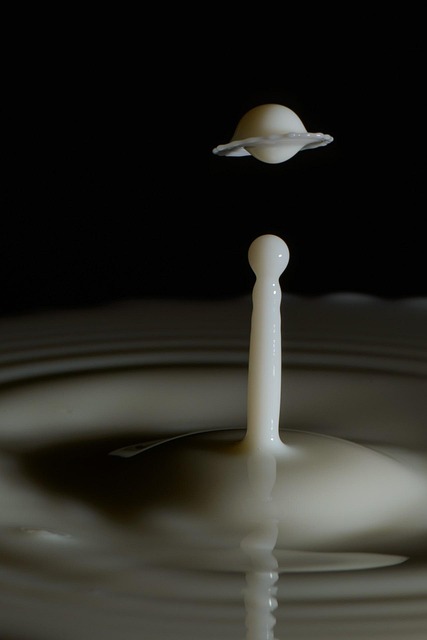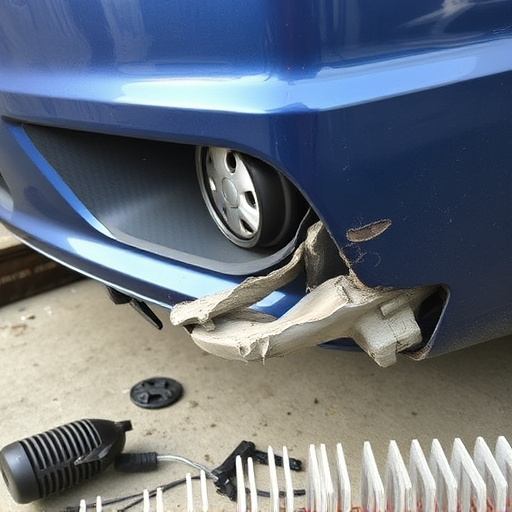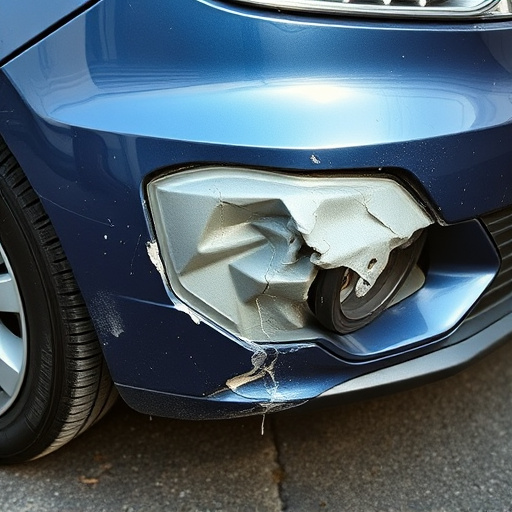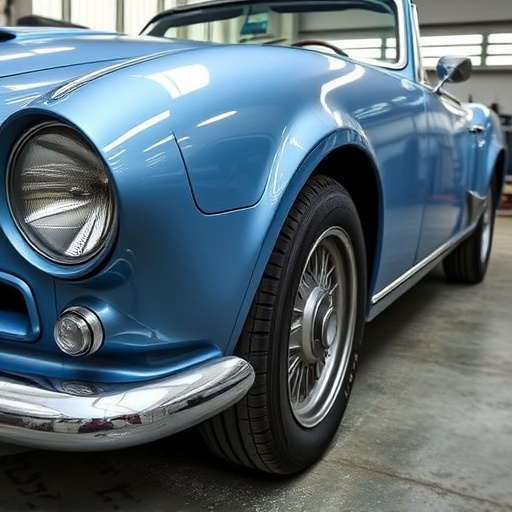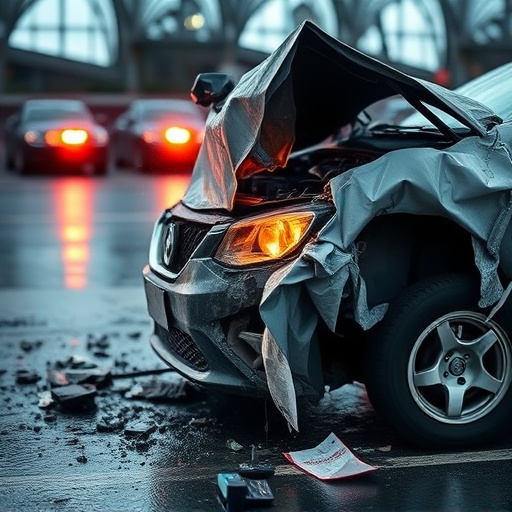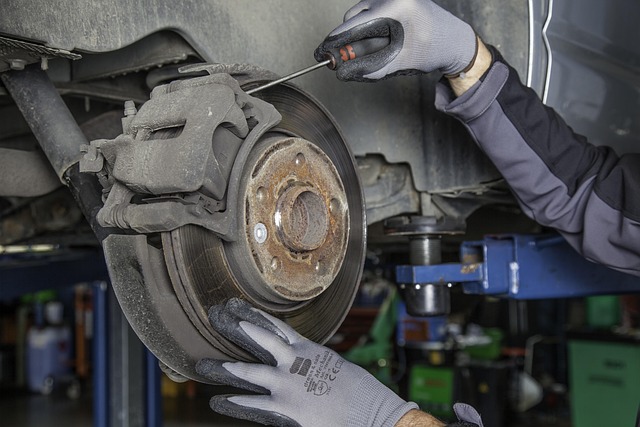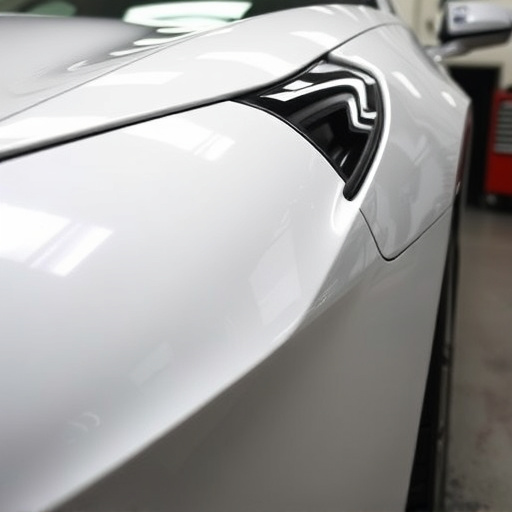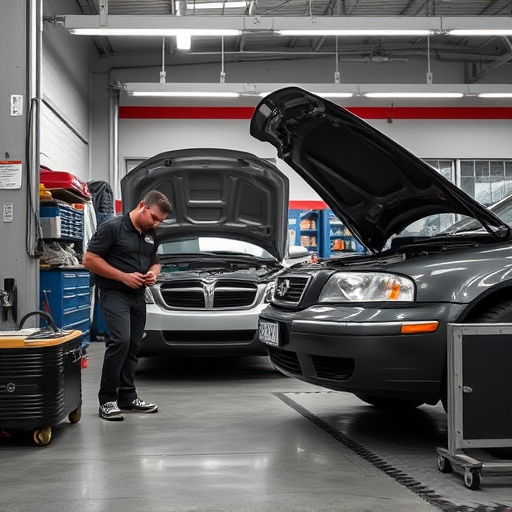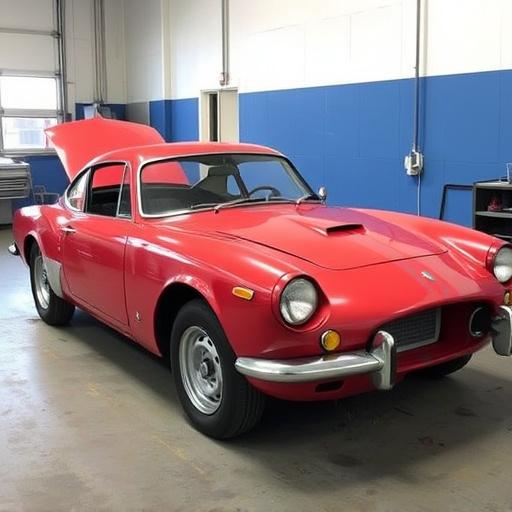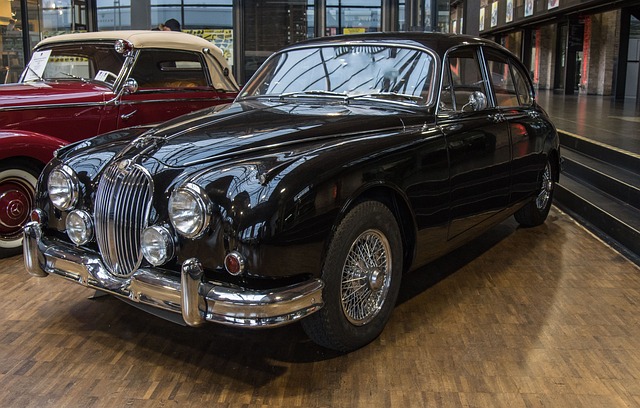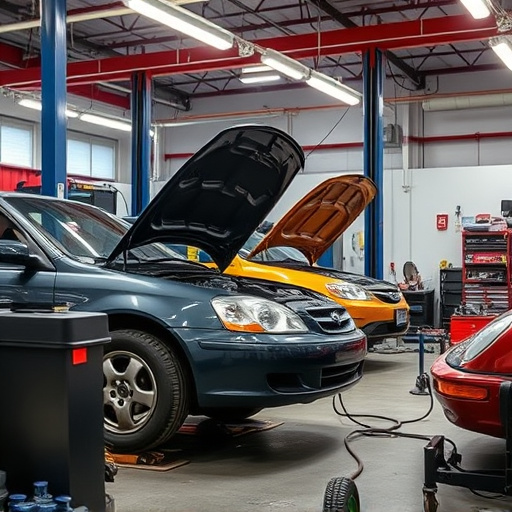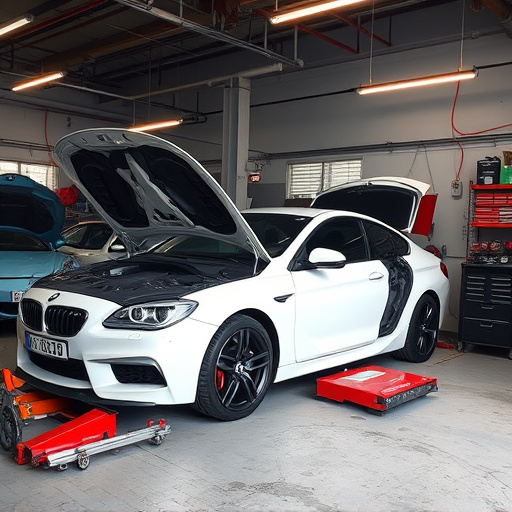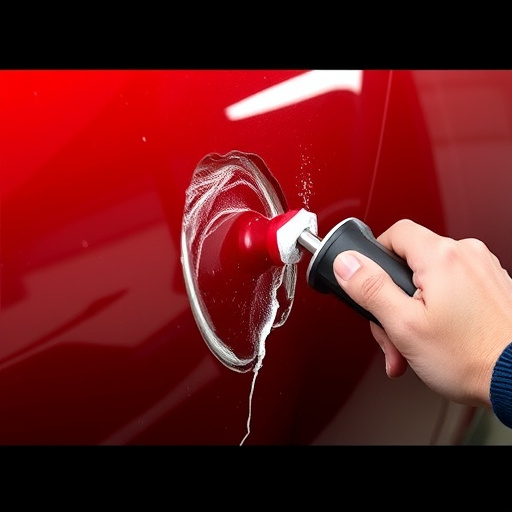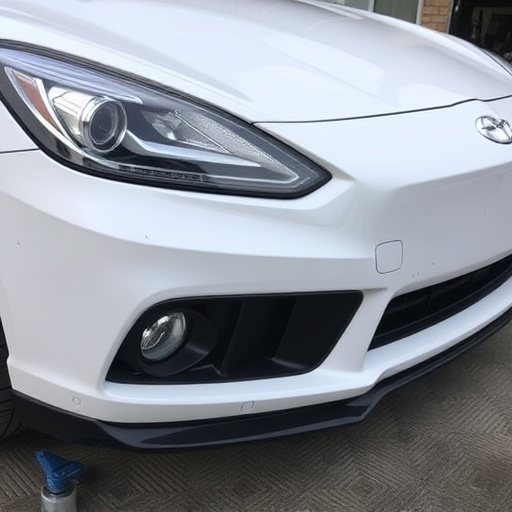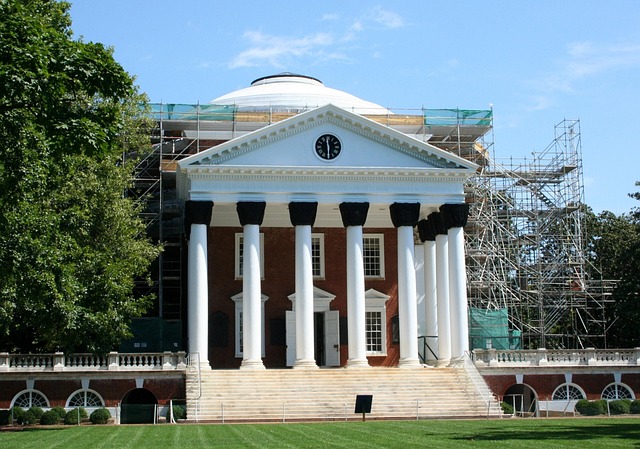After Mercedes soft-close door repairs, accurate sensor calibration by skilled technicians is essential. Using specialized tools, they adjust settings like sensitivity and response time to ensure smooth, safe closing, adhering to Mercedes' quality standards. Proper calibration enhances overall vehicle repair services and car bodywork quality.
After a Mercedes soft-close door repair, calibrating the sensors is crucial for seamless operation. This guide delves into the intricate mechanics of these doors and provides essential tools and safety precautions for successful calibration. From understanding the door mechanism to following a step-by-step process, you’ll learn how to ensure accurate sensor performance. Mastering this technique not only enhances the vehicle’s functionality but also contributes to safe driving experiences, highlighting the importance of proper Mercedes soft-close doors repair maintenance.
- Understanding Mercedes Soft-Close Door Mechanism
- Tools and Safety Precautions for Calibration
- Step-by-Step Sensor Calibration Process
Understanding Mercedes Soft-Close Door Mechanism

Mercedes soft-close doors are renowned for their smooth, quiet operation, thanks to a sophisticated mechanism that relies on precise sensor calibration. This intricate system involves sensors that detect door position and speed, triggering the actuator to close the door gently and automatically. After a repair, such as those involving frame straightening or dent repair in an auto body shop, it’s crucial to calibrate these sensors accurately. Failure to do so can result in malfunctioning doors, compromising both safety and driver experience.
Proper calibration ensures that the door closes at the optimal speed and stops at the correct position, aligning perfectly with the vehicle’s structure. This process typically involves adjusting settings within the car’s computer system using specialized tools. Auto body shops skilled in Mercedes repairs understand this delicate balance, employing expert technicians who can fine-tune the sensors to match the vehicle’s original specifications, thereby restoring the soft-close door function to its full efficiency.
Tools and Safety Precautions for Calibration

Calibrating sensors after a Mercedes soft-close door repair requires precise tools and strict safety precautions. Professionals in a reputable car repair shop equipped with advanced diagnostic equipment are best suited for this task. They use specialized tools to adjust sensor parameters, ensuring accurate readings for seamless door operation. Safety is paramount; technicians wear protective gear to avoid injuries from potential mechanical failures or sharp edges.
Proper calibration involves careful adjustments to the sensors’ sensitivity and response times. This ensures the doors close gently and securely, aligning perfectly with Mercedes’ quality standards. It’s a delicate process that demands experience in automotive repair services, especially for vehicle collision repair scenarios where precise sensor calibration is crucial for safety and optimal performance post-repair.
Step-by-Step Sensor Calibration Process

After a Mercedes soft-close door repair, calibrating the sensors is a crucial step to ensure seamless operation and optimal performance. The process involves several precise steps that any skilled vehicle body shop technician should be familiar with. First, the technician needs to disconnect each sensor from the car’s electrical system to prevent any interference during the calibration process. Once disconnected, they can access the sensors directly, ensuring they are clean and free from debris or damage.
Next, using specialized tools, the technician adjusts the sensor’s settings to match the specific requirements of the Mercedes soft-close door mechanism. This involves fine-tuning parameters such as sensitivity, response time, and activation thresholds. After making these adjustments, the sensors are reconnected to the vehicle’s electrical system, allowing for a thorough test drive to verify their accurate performance. Proper sensor calibration not only guarantees the smooth functioning of the Mercedes soft-close doors but also enhances overall vehicle repair services and car bodywork quality.
After repairing a Mercedes soft-close door, calibrating the sensors is crucial for ensuring smooth, precise operation. By following the step-by-step process outlined in this article—which includes understanding the mechanism, gathering the right tools, and adhering to safety precautions—you can effectively calibrate these sensors, guaranteeing your Mercedes’ doors close with the same level of precision and elegance as when they first left the factory. For those tackling a Mercedes soft-close door repair, this guide serves as both a helpful resource and a reliable guide to achieving optimal results.
